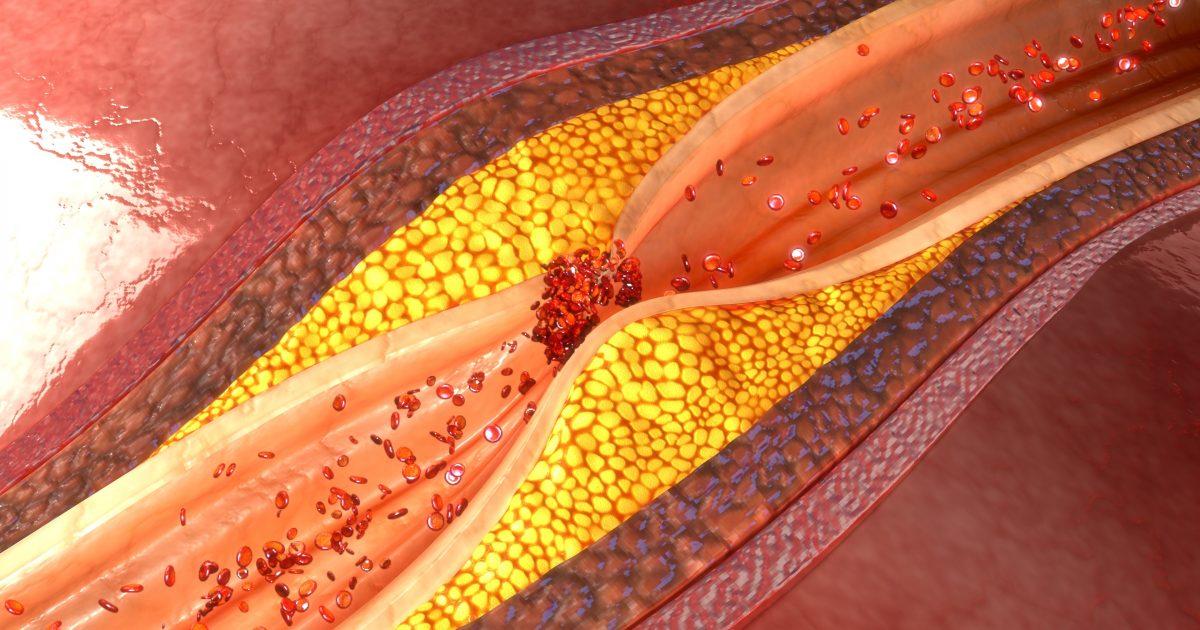
Did you know that human body naturally produces as about three quarters of cholesterol and rest of the cholesterol comes from foods like meat, dairy products and processed food.
Cholesterol is a waxy, fat-like component that the body produces naturally and mostly present in the liver. Cholesterol production has a significant role to perform some body functions and is good for health. We need cholesterol to produce some hormones like estrogen, testosterone. Without cholesterol, you can’t make Vitamin D from sunlight. Cholesterol also helps to produce bile acid so you can digest fats easily as the cholesterol is present in every single cell it helps to build up membranes of the brain, nerves, muscles, skin and other body organs.
The Foods you think that are high in saturated fat or Trans-fats are processed foods which produces more cholesterol. Too much cholesterol forms plaque in the arteries as plaque causes blockage of arteries that may lead to heart attack and stroke. So it’s important to keep your cholesterol level balanced. Cholesterol is present in blood arteries in the form of lipoproteins. There are two main types of lipoproteins; High-Density Lipoproteins (HDL) and Low-Density Lipoproteins (LDL). HDL cholesterol is considered as Good cholesterol while LDL is considered as Bad cholesterol
GOOD CHOLESTEROL – Higher the number the better
BAD CHOLESTEROL – Lower the number the better
What’s the difference between Good or Bad Cholesterol?
LDL count supposed to be 100 or less than that
HDL count supposed to be 40 or greater than that
Good Cholesterol: HDL stands for high-density lipoproteins and is also known as good cholesterol. HDL helps to remove excess cholesterol from your cell’s tissues and return it to your liver which removes it from the body. HDL also prevents the formation of plaque in the blood arteries by passing the extra cholesterol.
Bad Cholesterol: LDL stands for low-density lipoproteins and is also known as bad cholesterol. LDL travels through your blood stream, delivering cholesterol to the cells that are needed. If your body has too much LDL, it can build up in the walls of the arteries and form a fatty deposit called plaque. Over-time, plaque can narrow the arteries and reduce blood flow.
Plaque buildup can cause coronary artery disease and increase the risk of a heart attack. Plaque buildup in other arteries such as carotid arteries in your neck and can reduce blood flow to your brain which increase the risk of stroke.
“Bad Cholesterol is a silent killer”
On the other hand, triglycerides are the components that also produce cholesterol. They are present in the form of fat in the blood. If you eat a lot your calorie count increases and if you don’t burn those calories it may lead to the accumulation of triglycerides in your blood stream and can cause high risk of heart diseases.
How to maintain your cholesterol level?
If your cholesterol level increases, there are various things that you can do for lowering your cholesterol level.
- Firstly start consuming a healthy diet and reduce the amount of saturated fat from food. For example restrict the use of cakes, biscuits, meats, dairy products as they contain high amount of saturated fat.
- Start consuming those foods which are high in fiber and have plant sterols that helps to reduce the cholesterol level.
- Increase your physical activity along with balanced healthy diet. This combo helps to lower the cholesterol level.
- Don’t sit sedentary as it increases your weight as well as the cholesterol level.
Foods that lower Cholesterol:
Oats: Having a bowl of oatmeal for breakfast helps to improve your cholesterol. It provides 1.5 g of soluble fiber. You can also add some bananas and strawberries to enhance the flavor.
Barley & other whole grains: These help in lowering the risk of cardiovascular diseases through the supply of soluble fiber.
Nuts: Nuts are rich in fiber, vegetable protein, magnesium, healthy fats, potassium, Vitamin E, and many other plant sterols or nutrients. 30-35g nuts are recommended for a day and it could lower cholesterol by up to 5%.
Beans and other legumes: lentils, peas and beans are a good source of fiber. Consumption of 2g of soluble fiber every day for almost 12 weeks can decreased the LDL cholesterol up to 7%.
Soy: Soy also is high in soluble fiber and also low in saturated fat and free of cholesterol. Soy is a completely plant-based protein. It lowers the LDL cholesterol by up to 8%.
Fruits: Fruits have a high amount of pectin, it’s a form of soluble fiber that helps to lower LDL.

